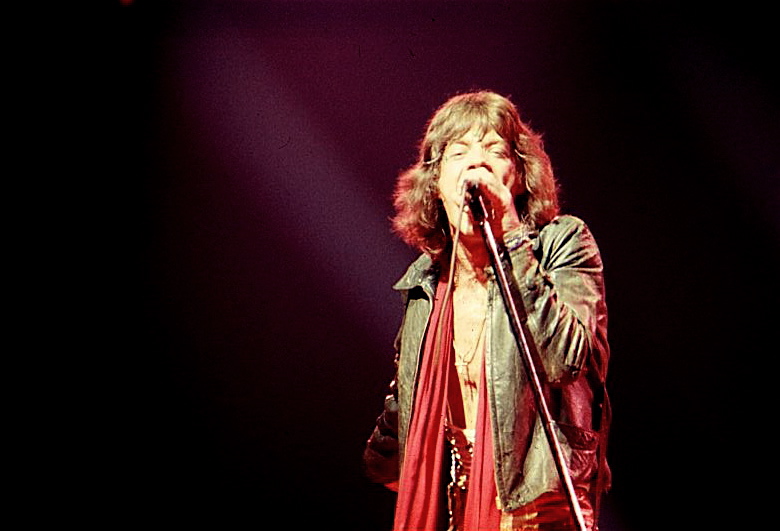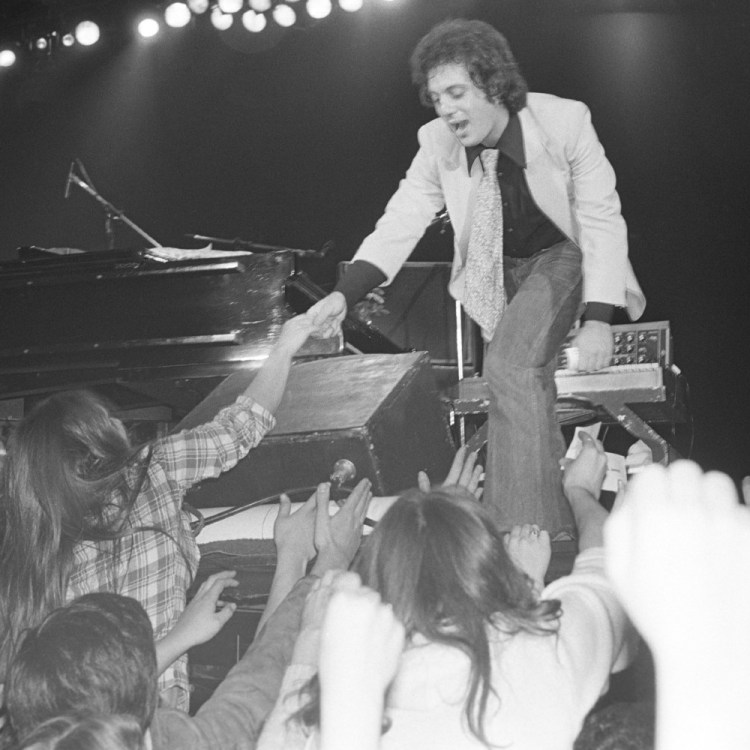What happens when an album is (arguably) remembered more for the ways in in which it was promoted than for the actual music on it? That might be the case when it comes to the Rolling Stones’ 1976 album Black and Blue. At the time of its release, Dave Marsh’s review in Rolling Stone hailed Mick Jagger’s vocals, but also pointed to the album’s flaws. “What has really dissipated the Stones’ enormous energy is a lack of organization and control,” Marsh wrote at the time.
Marsh wasn’t alone in offering, shall we say, mixed emotions regarding the album. Writing at AllMusic, Stephen Thomas Erlewine pointed to the album’s pros and cons in his review. “Apart from the ballads, there might not be many memorable tunes, but there are times that you listen to the Stones just to hear them play, and this is one of them,” he noted.
But the actual music heard on Black and Blue is only part of the album’s history. Writing at The Guardian, Edward Helmore revisited another element of Black and Blue that hasn’t aged well at all: a controversial billboard used to promote the album upon its release. Why, you might ask? Helmore explains:
Even by the standards of 1970s rock’n’roll, it was in bad taste: a billboard on Sunset Boulevard of a bruised and bound woman sitting on a gatefold cover of a new Rolling Stones album that proclaimed: “I’m ‘Black and Blue’ from the Rolling Stones – and I love it.”
The promotional campaign led to counter-protests — the group Women Against Violence Against Women criticized the ad and a small group of protestors defaced the billboard. Eventually, the band apologized for the billboard; Helmore writes that a forthcoming reissue of the album will not include the ill-conceived advertisement.
Helmore’s article also includes commentary from Anita Russell, the model who appeared in the controversial ad. He also notes that Helmore went on to appear in a knowing parody of the billboard. “Russell played along with the outrage: she posed for a National Lampoon magazine cover imagining Jagger tied up, with Russell looking on, laughing,” he writes.
Two years after the release of Black and Blue, the Rolling Stones released Some Girls, one of their most acclaimed albums — and one which, thankfully, did not involve any cringe-worthy or offensive billboards promoting it.
Subscribe here for our free daily newsletter.
Thanks for reading InsideHook. Sign up for our daily newsletter and be in the know.


















